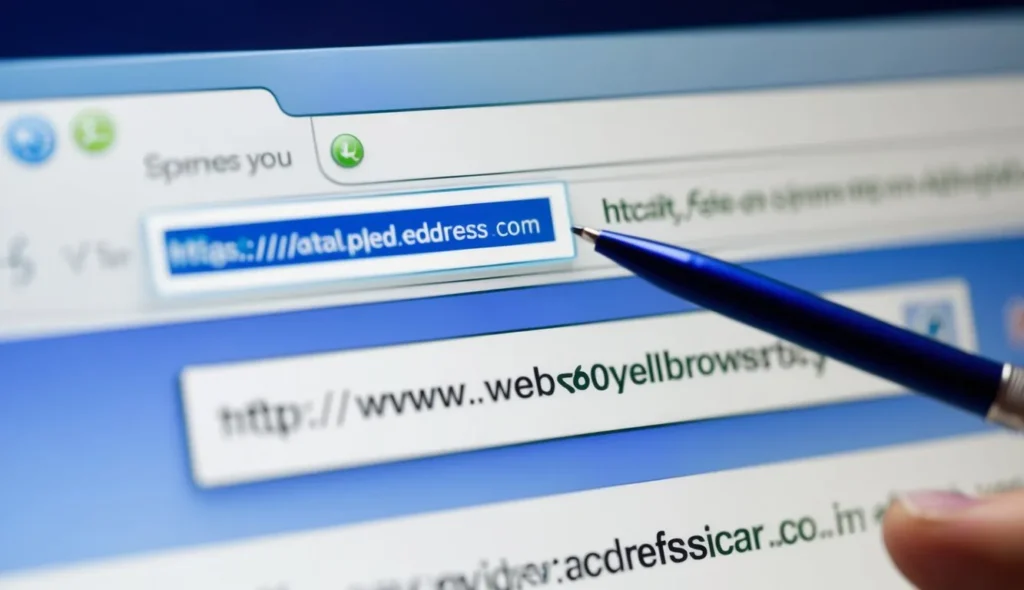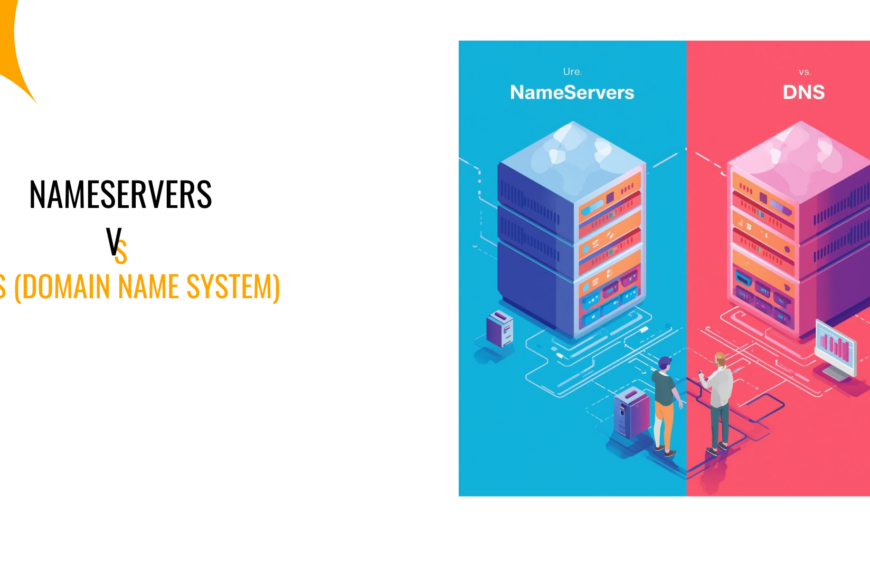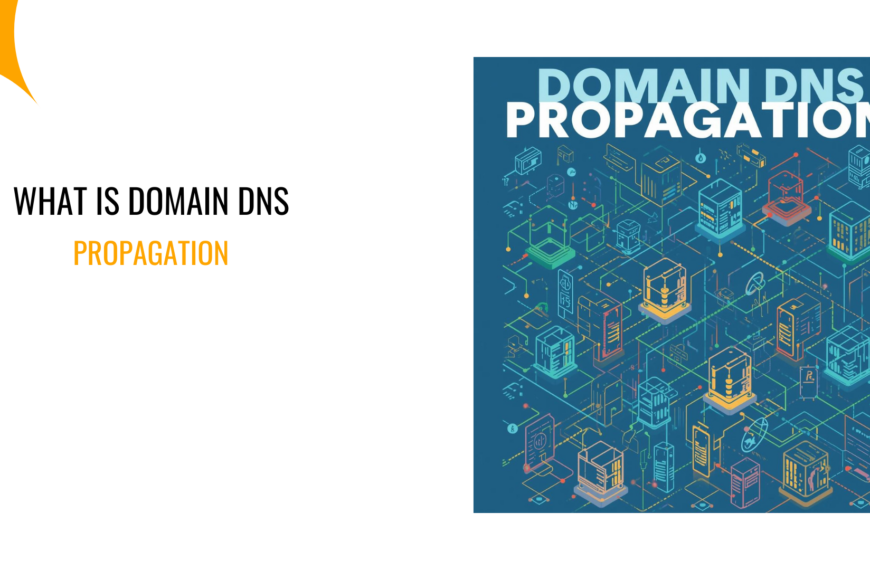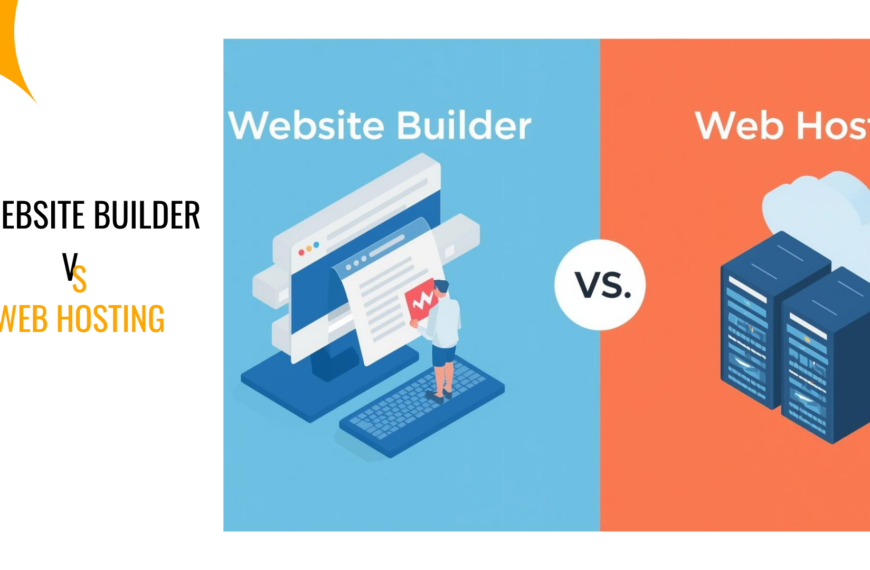Ever clicked on a link in a browser? You’re using a URL, even if you didn’t know what it’s called.
URLs are part of our daily online lives, appearing in everything from social media posts to emails and text messages.
A URL (Uniform Resource Locator) is the unique address of a resource on the internet that tells your browser exactly where to find a specific webpage, image, or file.
Think of it as a digital street address that guides you to the exact location you want to visit online.
You might recognize URLs as the text that appears in your browser’s address bar, starting with "http://" or "https://".
Every web address you type is actually a URL with several parts working together to direct your browser to the right destination.
Understanding URLs helps you navigate the web more effectively and spot potentially dangerous links before clicking them.
Structure of a URL
A URL has several key components that work together to guide you to the right web resource.
Each part serves a specific function in telling your browser exactly where to find information online.
Protocol
The protocol is the first part of a URL structure. It tells your browser how to communicate with the web server. The most common protocols you’ll see are:
- HTTP (HyperText Transfer Protocol): The standard protocol for regular web browsing
- HTTPS (HTTP Secure): A secure version that encrypts data between your browser and the website
- FTP (File Transfer Protocol): Used specifically for transferring files
HTTPS has become the standard for most websites because it protects your personal information.
When you see a padlock icon in your browser’s address bar, it means the site is using HTTPS.
The protocol is always followed by a colon and two forward slashes (://), which separates it from the domain name.
Domain Name
The domain name is the unique address of a website. It consists of several parts:
- Subdomain: The part before the main domain (like “www” or “blog”)
- Second-level domain: The main name (like “google”, “truehost” or “amazon”)
- Top-level domain (TLD): The suffix (.com, .org, .in, .co.in etc.)
For example, in “www.truehost.co.in“:
- “www” is the subdomain
- “truehost” is the second-level domain
- “co.in” is the TLD
Domain names are translated into IP addresses through the Domain Name System (DNS). This system works like a phone book for the internet, converting human-friendly names into computer-readable addresses.
Path and File Name
The path comes after the domain name and shows the specific location of a resource on the server. It typically represents the folder structure where the file is stored.
For example, in "www.example.com/blog/2023/first-post.html":
"/blog/2023/"is the path (directory structure)"first-post.html"is the file name
Paths can be:
- Absolute URLs: Complete addresses including the protocol and domain
- Relative URLs: Partial addresses that relate to the current page’s location
Most modern websites use “clean URLs” that don’t show file extensions. Instead of “about-us.html,” you often just see “about-us” in the address bar.
Port Number
The port number specifies which “door” to use when connecting to a server. It appears after the domain name, separated by a colon.
https://example.com:443
Standard ports are:
- HTTP: 80
- HTTPS: 443
- FTP: 21
Most browsers hide port numbers when they’re the default values. You’ll only see port numbers in a URL when the website uses non-standard ports.
Port numbers are especially important for developers working with local servers or specific applications that use custom communication channels.
Query Strings and Parameters
Query strings provide additional information to web servers and appear after a question mark (?) in the URL.
They consist of key-value pairs separated by ampersands (&).
For example:
https://www.google.com/search?q=what+is+a+url&source=chrome
In this example:
"q=what+is+a+url"is the search term"source=chrome"indicates where the search came from
Query strings are commonly used for:
- Search functions
- Tracking information
- Filtering content
- Passing data between pages
The query part of a URL can contain multiple parameters, making it powerful for customizing web experiences. However, sensitive information should never be included in query strings as they are visible to anyone who sees the URL.
The Functions and Uses of URLs
URLs serve as the backbone of internet navigation and resource identification.
They enable seamless access to web content while providing structure to the vast network of online resources.
a) Website Navigation
URLs function as digital addresses that guide you to specific locations on the internet. When you type a web address into your browser, it uses that URL to find and display the webpage you want.
Think of URLs like street addresses for the internet. Without them, finding specific content would be nearly impossible in the vast digital landscape.
URLs also enable direct access to content. Instead of navigating through multiple pages to find information, you can bookmark a URL and return directly to that resource later.
The structure of a web address significantly impacts user experience. Clear, descriptive URLs make navigation intuitive and help you understand what content to expect before visiting.
b) Resource Identification
URLs uniquely identify every resource on the internet. These resources include:
- Webpages
- Images
- Videos
- Documents (PDFs, HTMLs, eBooks)
- Application files
Each URL points to a specific location where these resources are stored. This system ensures that when you request content, your browser knows exactly where to find it.
The URL structure typically includes information about the content type, location, and access method. For example, a URL beginning with “https://” indicates a secure connection to the requested resource.
URLs also help web browsers determine how to handle different resources. When you click a link to a PDF, the browser recognizes this from the URL and knows to display it accordingly.
c) Hypertext Documents
URLs are fundamental to hypertext documents, which form the foundation of the web.
HTML pages use URLs to create links between related content, establishing the interconnected nature of the internet.
These hyperlinks transform static text into interactive documents. By clicking on a link, you activate the URL embedded within it, directing your browser to retrieve the linked resource.
The ability to connect documents through URLs revolutionized information sharing.
Before hypertext (linking), documents existed in isolation, but URLs created pathways between related content.
Key benefits of URLs in hypertext:
- Enable seamless navigation between related concepts
- Create citation networks for academic and research content
- Allow for content organization through logical linking structures
- Support different forms of media within a single document
Web developers use URLs strategically within hypertext to improve site usability and content discovery.
Technical Aspects of URLs
URLs have specific technical components that help them function properly.
Understanding these elements can help you use web addresses more effectively and troubleshoot common problems.
URL Syntax
A URL structure consists of several key parts working together to locate resources on the internet.
Here’s how a typical URL breaks down:
https://www.example.com:443/blog/article.html?id=123#section2
The main components include:
- Protocol:
https://tells your browser how to communicate (securely in this case) - Domain name:
www.example.comidentifies the web server - Port number: :
443specifies the connection point (often omitted when using default ports) - Path:
/blog/article.htmlpoints to the specific resource location - Query parameters:
?id=123sends additional information to the server - Fragment:
#section2jumps to a specific section on the page
These elements form a standardized address system that works across all browsers and devices.
IP Address and DNS
Behind every web address is an IP address – the actual numerical address (like 192.168.1.1) that computers use to find each other.
DNS (Domain Name System) acts as a translator between human-friendly domain names and machine-readable IP addresses.
When you type a URL into your browser, the following happens:
- Your browser asks a DNS server to translate the domain name
- The DNS server returns the matching IP address
- Your browser connects to that IP address
- The server at that address delivers the requested resource
This process happens in milliseconds. DNS makes the web usable by letting you type memorable names instead of hard-to-remember number sequences.
Domain names are organized in a hierarchy. The rightmost part (.com, .org, .in) is the top-level domain, followed by the domain name you register, and optional subdomains to the left.
Relative Vs. Absolute URLs
Websites use two types of URLs to link resources together: absolute and relative. Each serves different purposes in web development.
Absolute URLs include the complete address starting with the protocol:
https://www.example.com/products/item1.html
They point to the exact same location regardless of where they appear. Use these when linking to external websites or resources on different domains.
Relative URLs omit some parts of the address and are interpreted based on the current page’s location:
/products/item1.html(root-relative)products/item1.html(document-relative)../index.html(parent directory)
Relative URLs make website maintenance easier. If you move your site to a different domain, internal links continue working without updates. They’re also shorter and cleaner in your code.
Choose the right URL type based on your needs to ensure proper navigation and resource loading.
URLs and Online Marketing

URLs play a vital role in online marketing strategies.
They affect how easily customers find your website and how well search engines understand your content.
Proper URL structure improves both visibility and user experience.
SEO Best Practices
Good URL structure directly impacts your search engine ranking.
When creating URLs for marketing purposes, keep them short, descriptive, and keyword-rich. This helps search engines understand your page content better.
Always use lowercase letters in your URLs to avoid duplicate content issues. Search engines may treat uppercase and lowercase URLs as different pages.
Include relevant keywords in your web address but avoid keyword stuffing. For example:
- Good:
yoursite.com/blue-running-shoes - Bad:
yoursite.com/p123456oryoursite.com/blue-best-amazing-running-shoes-buy-now
Use hyphens to separate words instead of underscores or spaces. Search engines recognize hyphens as word separators, making your content more readable.
URL structure tips:
- Keep URLs under 60 characters
- Use readable words, not random numbers or codes
- Include your target keyword near the beginning
- Avoid special characters that may break functionality
Analyzing URL Performance
Tracking how your URLs perform is essential for marketing success. Use analytics tools to measure click-through rates (CTR) and conversion rates for different URL structures.
A/B testing different URL formats can reveal which ones drive more traffic. Try variations of keywords or lengths to see what works best for your audience.
Pay attention to how URLs appear in search results. A clear, descriptive URL can increase CTR even if your page ranking stays the same.
Consider implementing UTM parameters for deeper tracking of marketing campaigns:
example.com/product?utm_source=facebook&utm_medium=social&utm_campaign=summer
These parameters don’t affect SEO but provide valuable data on which marketing channels bring the most traffic.
Check for broken URLs regularly using site audit tools. Broken links hurt both user experience and your SEO efforts. Set up 301 redirects for any URLs you change to preserve their ranking power.







